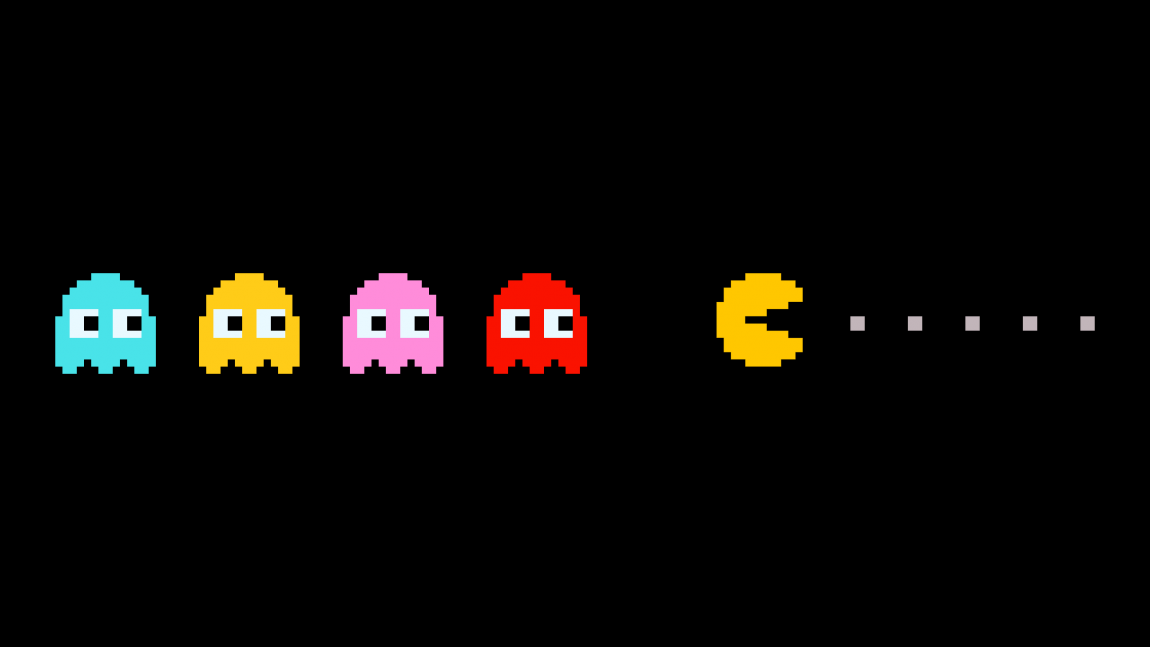Key Takeaways:
- Pac-Man, created by Namco in 1980, is a maze chase game where the player navigates Pac-Man through a maze to eat dots and avoid ghosts.
- The game was designed to appeal to a wider audience, including women, featuring non-violent, simple gameplay and colorful, cute characters.
- Pac-Man became a massive commercial success, leading to numerous sequels, merchandise, and a significant cultural impact, including television shows and music.
- It introduced innovations like power-ups and cutscenes, influencing the design of later video games.
- Pac-Man is recognized as one of the greatest video games, with its legacy enduring in various forms of media and merchandise.
Remember those nights spent hunched over the glowing screen, joystick in hand, heart racing as Blinky, Pinky, Inky, and Clyde closed in? There’s no forgetting Pac-Man, the little yellow guy who started as a pizza-inspired character and ended up defining a gaming era. It’s more than just nostalgia; it’s a trip back to when arcade halls buzzed, and a quarter felt like the key to another world.
In 1980, Namco introduced us to Pac-Man, a game simple in concept but profound in impact. The genius lay in its universality; it wasn’t just for the typical male-dominated arcade crowd. The creators aimed to draw in women and families, brightening the arcade’s dim, competitive spaces with Pac-Man’s inviting maze and quirky antagonists. The game’s charm was irresistible, cutting across age and gender lines, and who could forget the thrill of gobbling up power pellets and turning the tables on those pesky ghosts?
The mechanics of Pac-Man were straightforward but addictive. Navigate the maze, munch the dots, and dodge the ghosts—unless you’ve snagged a power pellet, then it’s payback time! Each ghost, with its own personality, added a layer of strategy that kept players hooked, trying to outsmart their AI-driven behaviors.
The phenomenon of Pac-Man stretched beyond the arcade, spawning merchandise, songs like “Pac-Man Fever,” and even a Saturday morning cartoon. It was more than a game; it was a cultural icon that symbolized the golden age of arcade gaming and influenced countless games that followed.
“Did you see the new Pac-Man machine at the arcade?” That question would light up faces and empty pockets as friends raced to challenge each other and beat high scores. It wasn’t just about the game; it was a social experience, a shared moment of joy, frustration, and triumph.
Now, let’s dive deeper into the maze of memories and legacies left by this iconic game.
The Design Revolution of Pac-Man
Imagine the scene: arcades dominated by space shooters and combat games, where Pac-Man’s inception brought a refreshing change. The game’s creator, Toru Iwatani, envisioned a non-violent, cheerful game accessible to everyone. The character, inspired by a pizza with a missing slice, and the colorful, ghostly adversaries, added to the game’s unique charm and broad appeal.
Pac-Man’s Cultural Footprint
The impact of Pac-Man on pop culture is immeasurable. From inspiring a hit single to influencing fashion and spawning a vast array of merchandise, Pac-Man became a household name. It represented a shift in gaming culture, making arcades welcoming to a broader audience and setting the stage for the future of video game design.
The Gameplay Legacy
Pac-Man’s design principles—simplicity, challenge, and character-driven gameplay—became a blueprint for many games that followed. It introduced mechanics like power-ups and AI behaviors that are now standard in game design. The game’s structure, with its increasing difficulty and bonus items, kept players engaged and set a high score chasing culture.
Pac-Man Today
Decades later, Pac-Man’s legacy continues with new games, merchandise, and even film appearances. Its simple yet engaging gameplay remains a benchmark for game design, proving that a good idea can indeed stand the test of time.
Reflecting on Pac-Man’s journey, it’s clear that this little yellow character did more than just entertain. He changed the gaming landscape, brought people together, and left an indelible mark on our cultural fabric.
Frequently Asked Questions:
- Who created Pac-Man?
Toru Iwatani of Namco developed Pac-Man, aiming to create a game that appealed to both genders. - What makes Pac-Man unique?
Its non-violent, simple gameplay and appeal to a broad audience set it apart from other arcade games of its time. - How did Pac-Man impact the video game industry?
Pac-Man influenced the design and development of future games with its character-driven gameplay, power-ups, and AI enemy behavior. - Why is Pac-Man considered a cultural icon?
Its widespread popularity, influence on gaming and pop culture, and enduring legacy as one of the first major video game mascots cement its iconic status. - What are some key elements of Pac-Man’s gameplay?
Navigating a maze to eat dots and avoid ghosts, using power pellets to eat ghosts for bonus points, and progressing through increasingly difficult levels.





